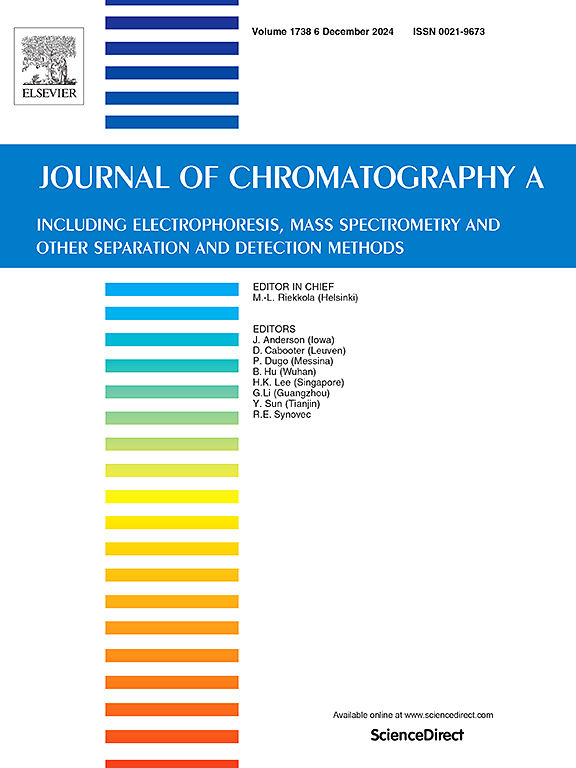Current experimental, statistical, and mechanistic approaches to optimizing biomolecule separations in aqueous two-phase systems
IF 3.8
2区 化学
Q1 BIOCHEMICAL RESEARCH METHODS
引用次数: 0
Abstract
Aqueous two-phase systems (ATPS) have been used to purify a range of biomolecules, including small molecules, monoclonal antibodies, viruses, and whole cells. They are known for selective separations, creating a stabilizing, low-shear environment, and high yields. Recently, as biomanufacturing attempts to adopt continuous processing, attention has shifted to ATPS for its ability to operate fully continuously while incurring lower costs than many chromatographic methods. But despite 60 years of exploration and development, the complex network of interlinked driving forces controlling these separations has prevented robust development of process understanding, and most ATPS separations are still optimized using slow and costly manual screening methods. As a result, industry has been unwilling to adopt ATPS. Fortunately, a growing body of literature is developing statistical and mechanistic models of ATPS to predict liquid-liquid equilibria and separations with reduced experimental burden. This review surveys the application of these models to ATPS, comparing their progress and potential to promote rapid development of bioseparations in the near and long term. The discussion evaluates the adaptability of statistical tools, like response surface methodology and artificial neural networks, and contrasts it with the process understanding generated through application of semi-empirical thermodynamic models. Strategies are explored to automate optimization of separations for new biomolecules using these models to create artificial data. By understanding the landscape of models applied to ATPS, this review will start a discussion about bringing this technology closer to commercialization and enabling continuous processing on a broader scale.
求助全文
约1分钟内获得全文
求助全文
来源期刊

Journal of Chromatography A
化学-分析化学
CiteScore
7.90
自引率
14.60%
发文量
742
审稿时长
45 days
期刊介绍:
The Journal of Chromatography A provides a forum for the publication of original research and critical reviews on all aspects of fundamental and applied separation science. The scope of the journal includes chromatography and related techniques, electromigration techniques (e.g. electrophoresis, electrochromatography), hyphenated and other multi-dimensional techniques, sample preparation, and detection methods such as mass spectrometry. Contributions consist mainly of research papers dealing with the theory of separation methods, instrumental developments and analytical and preparative applications of general interest.
 求助内容:
求助内容: 应助结果提醒方式:
应助结果提醒方式:


